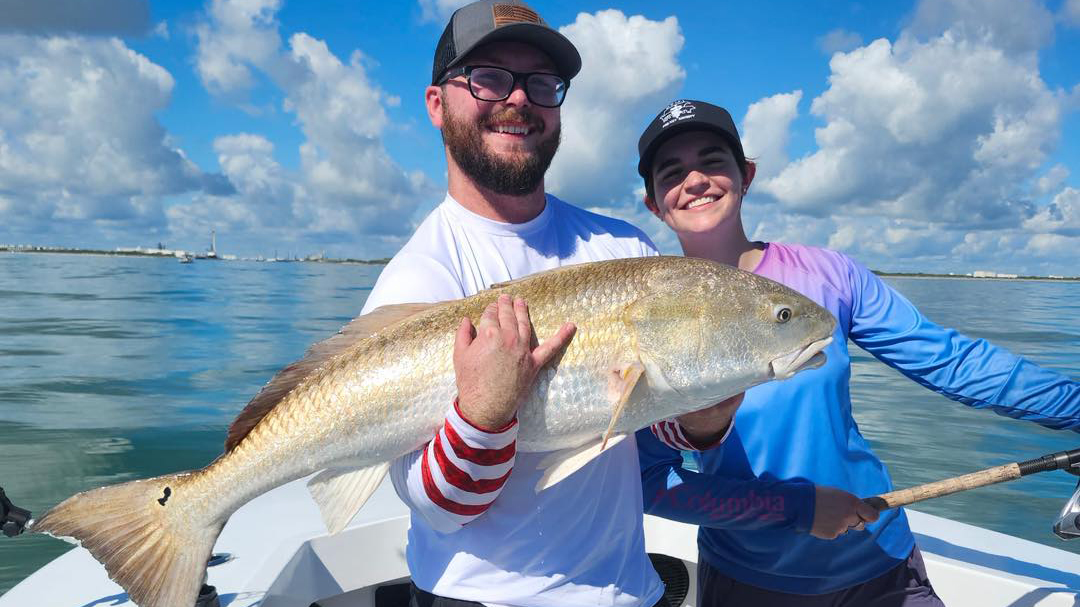Last Updated on November 17, 2025 by Eric
Winter on Florida’s Space Coast is a prime window for nearshore and offshore action. Cooler water pushes bait along the beaches and over the reefs off Port Canaveral, king mackerel stack on high relief structure like 8A Reef and Pelican Flats, cobia and tripletail slide into accessible depths, and bluewater windows line up for sailfish, wahoo and blackfin tuna. If you want consistent bites with lighter crowds, this is your season.
What bites from December through February
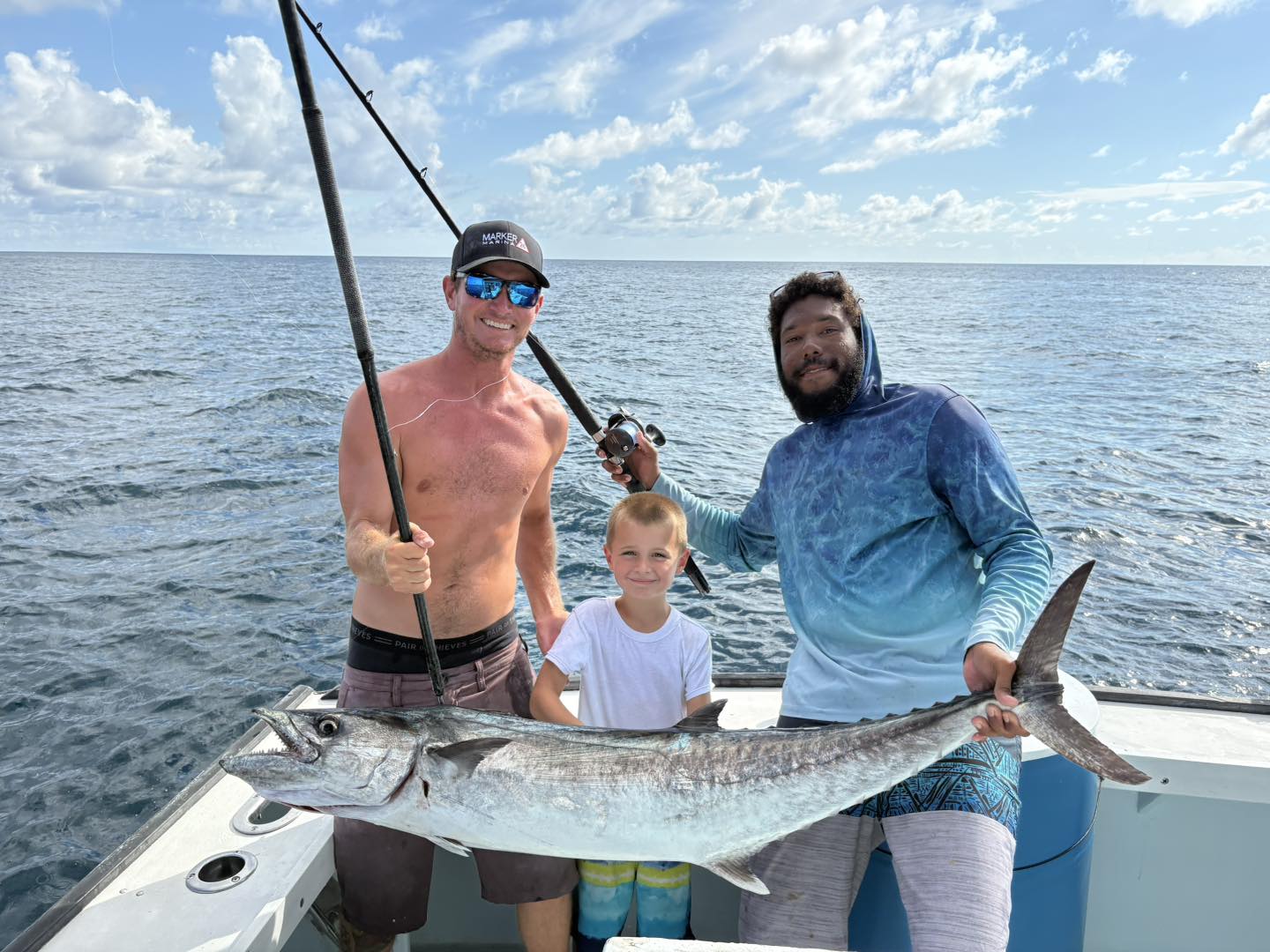
King mackerel. Winter kings ride bait schools on the nearshore reefs and along defined color changes. Slow troll live bait over the 8A and Pelican complexes or bump troll dead baits when liveys are scarce. On calmer days, drift slow with a stinger rig above the hard bottom and mark the bait before you set lines. The Atlantic king mackerel minimum is a 24 inch fork length with a three fish daily bag per angler in Florida state waters that mirror federal Atlantic rules.
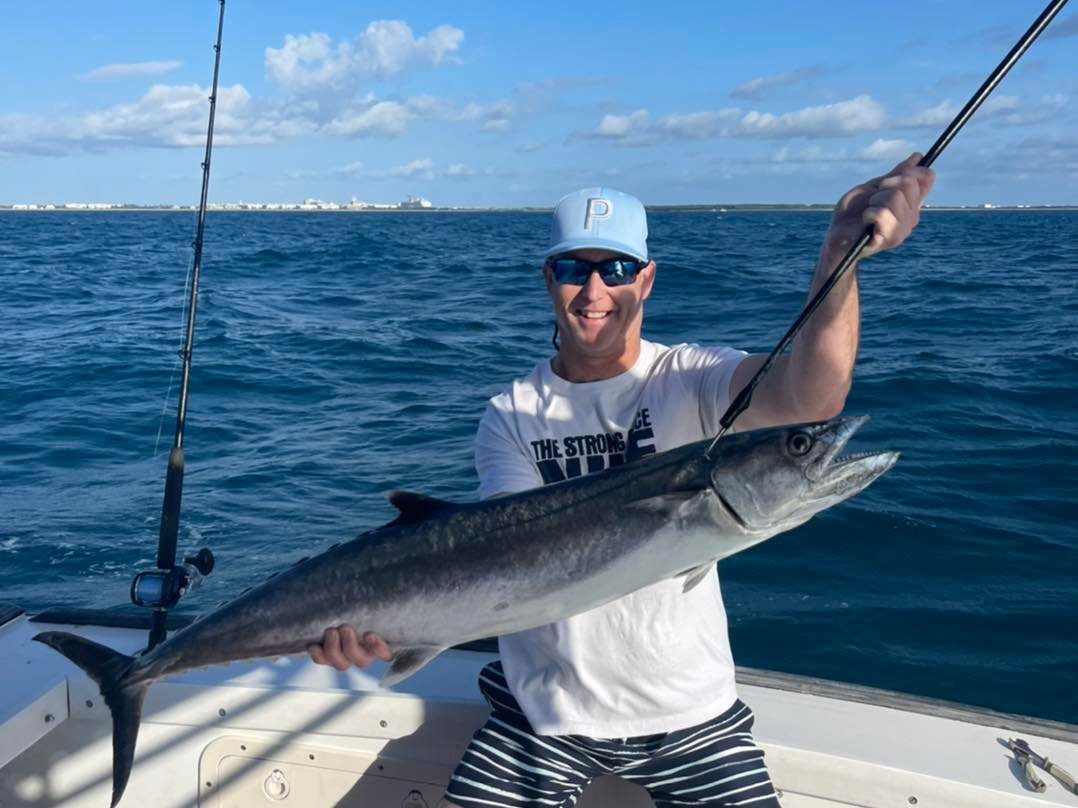
Cobia. Late winter cold snaps set up the first pulses of the Space Coast cobia fishery. Work rays, sea turtles and bait pods when the water creeps through the mid 60s, and keep a live bait or jig ready to pitch on sighted fish. Florida’s Atlantic cobia rule sets a 36 inch fork length minimum with one fish per angler and a two fish vessel limit.
Tripletail. Calm, sunny days reveal fish on buoys, trap floats and random surface junk from the beach out to the first reef line. A shrimp or small bucktail placed gently off the up current corner is the play. Florida’s tripletail limit is two fish per angler with an 18 inch total length minimum.
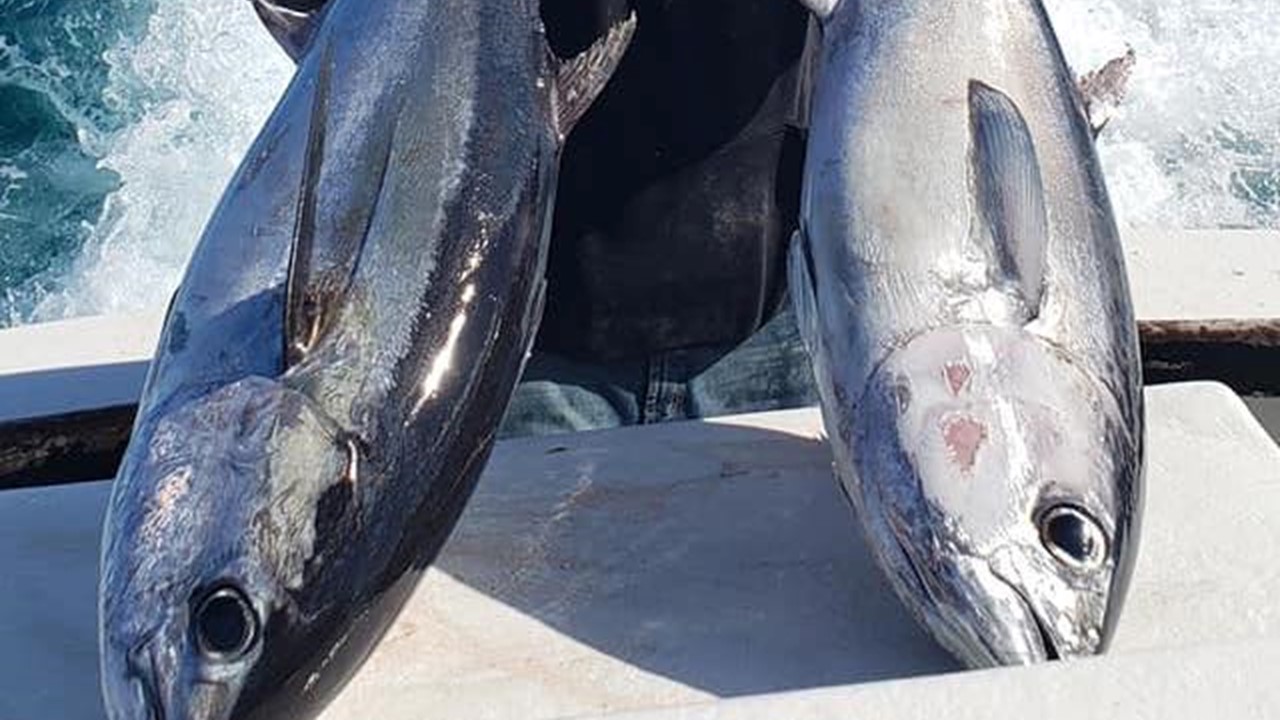
Sailfish, wahoo and blackfin tuna. The Atlantic sees a winter sailfish push that reaches into the central coast when water and current line up. Most charter crews treat sailfish as a catch and release target, but if you plan to harvest you need to know that Atlantic sailfish carry a one fish daily limit per person with a 63 inch lower jaw fork length minimum under NOAA HMS rules. Wahoo roam the same breaks and temperature edges, often best around frontal windows and moon phases. Florida’s Atlantic wahoo bag is two per person per day with no minimum size in state waters. Blackfin tuna mix in along rips and hard edges; handle them like food from the moment they hit the deck.
Bottom options when it breezes. When seas limit long runs, focus on protected stretches of the reef for steady bites from lane and mangrove snapper, porgies and triggerfish. Red snapper in the South Atlantic has short summer openings and is typically closed in winter, so plan to release them if encountered and build your cooler with open species. Always check current federal and state notices before you leave the dock, because seasons and bag limits change.
How winter conditions shape the bite
Cold fronts are your calendar. North wind events pull water off the beach, flatten the surf and push clean water tight to the sand, which helps sight fishing for tripletail and any cobia that show early. The day after a front often brings crisp air, bright sun and a king mackerel chew over nearshore structure. As water settles and the next southerly flow rebuilds, edges sharpen offshore and sailfish or wahoo lines come alive. Temperature breaks, bait concentration and speed discipline matter more in winter than in any other season here. Fish the warm side of the break with your spread, idle across hard edges to mark life before you commit, and keep presentations slow unless you are pulling high speed for wahoo.
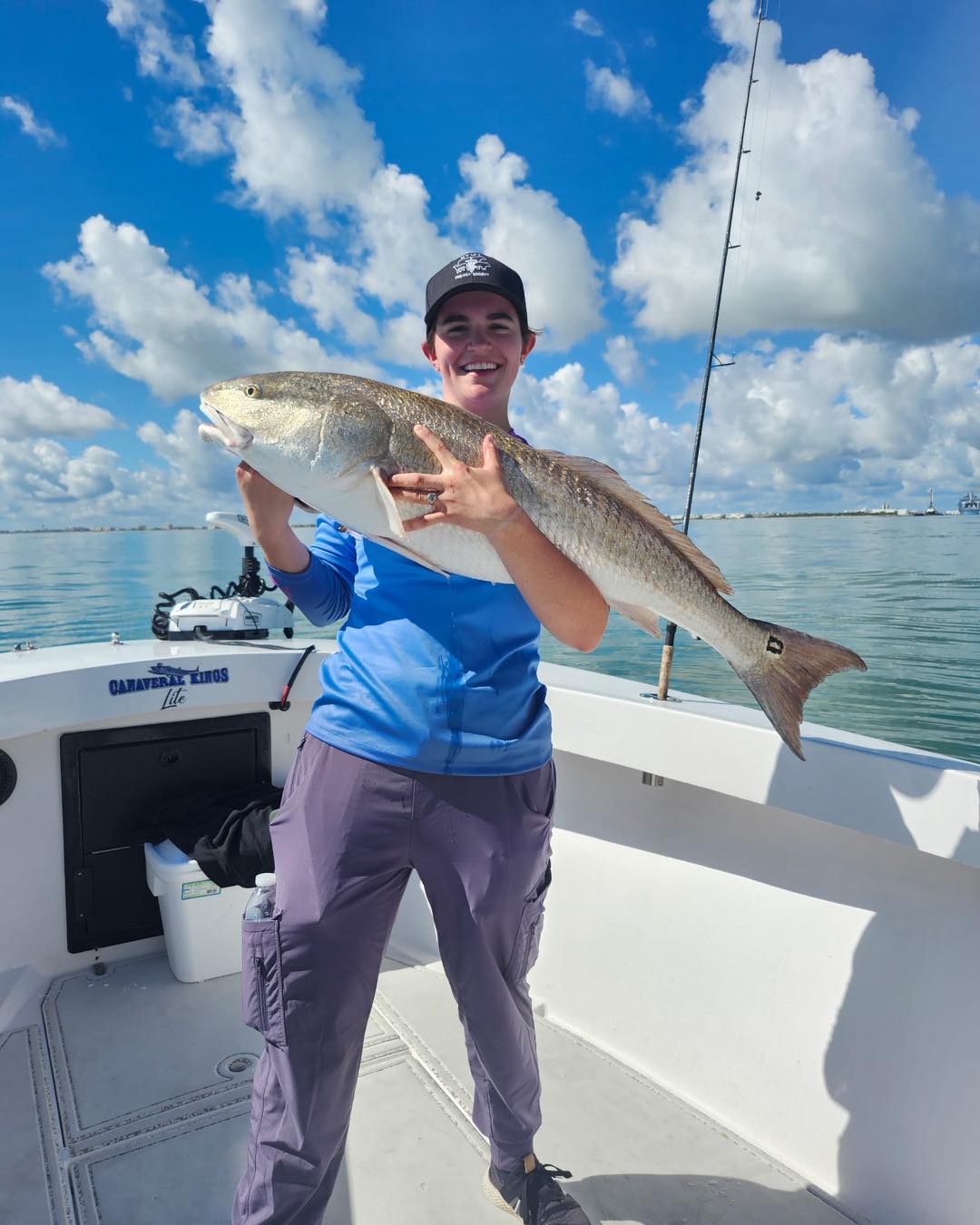
Techniques that consistently work
Nearshore kings fall for a simple spread. Run a pair of flat lines with stinger rigs and a long bait down the center. Mix live baits and dead baits until a pattern shows. Keep wire light and swivels small when the water is clear. For cobia, post a heavy jig or live bait on a pitch rod where every angler can reach it instantly. For tripletail, idle with the sun at your back, stop well up current of the target and cast past the fish so the bait drifts naturally to its nose. Offshore, winter spread building is all about the day. If birds and flyers show, run smaller lures and a light dredge for sailfish and blackfin. If the machine shows tight packs below 100 feet and the water is steel blue, troll a couple of deep divers and a pair of high speed lures to give wahoo a reason to make a mistake. Keep gaffs, dehookers and venting tools staged so fish care stays tight from hookup to cooler or release.
Local spots and routes
The 8A Reef and Pelican Flats are the classic winter starting points, with productive lanes inside and outside the main clusters depending on bait and current. When the ocean lays down, build a line that crosses the nearest hard edges and temperature breaks, then slide back through any active slicks or bird piles. Do not crowd anchored boats that are slow chumming or kite fishing, and always give a wide lane to ships entering and leaving Port Canaveral.

Key regulations to know before you go
Florida rules are species specific and the Atlantic side has several that differ from the Gulf. Current highlights for this fishery include king mackerel at a 24 inch fork length minimum and three fish per person daily bag, Atlantic cobia at a 36 inch fork length minimum with one per person and a two fish vessel cap, tripletail at an 18 inch total length minimum with two per person daily, Atlantic mahi mahi typically five per person with a 20 inch fork length minimum in state waters along the Atlantic, Atlantic wahoo at two fish per person daily with no minimum size in state waters, and Atlantic sailfish at one per person with a 63 inch lower jaw fork length minimum if harvested under HMS rules. Snook on the Atlantic coast has a winter closure from mid December through the end of January, so any snook encountered then must be released. Regulations change and federal seasons for species like red snapper adjust year to year, so verify the latest FWC and NOAA guidance before each trip.
What to bring for a winter charter
- Layered clothing with a windproof shell, non marking deck shoes with good grip, polarized glasses and sunscreen
- Small dry bag with phone, licenses if required, charging brick and sea sick prevention if you are prone
- For anglers bringing their own gear, a 20 to 30 pound class spinning setup for pitching and a 20 to 30 pound conventional or lever drag for trolling covers most winter work
Sample winter day
Start on the 8A or Pelican spread at first light with a slow troll for kings, then switch to sight casting tripletail once the sun is high and the breeze drops. If a clean edge forms within striking distance, push offshore midday and build a spread that can tempt both sailfish and wahoo along the warm side of the break. If the wind keeps you inside, shift to bottom fishing on the protected reefs for steady table fare. That plan lets you ride the best bite each weather stage creates in a single day.
Winter on the Space Coast rewards anglers who match their plan to temperature breaks, bait and wind. Build around those three variables and Port Canaveral will treat you well all season.

